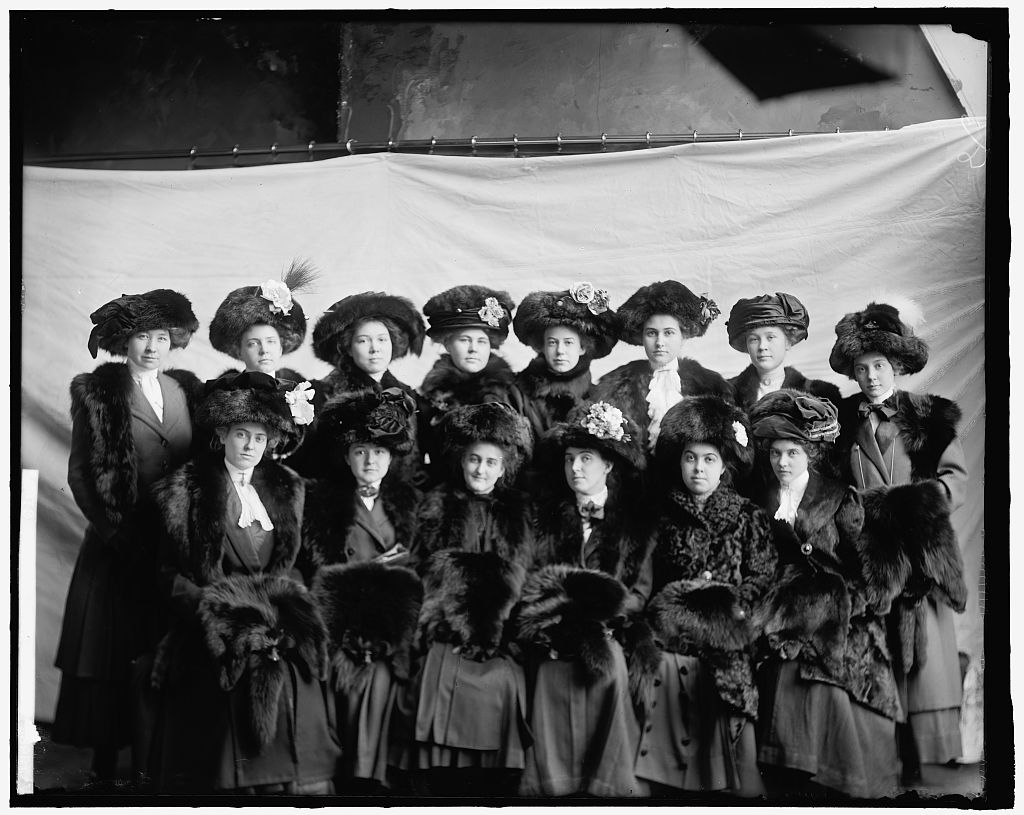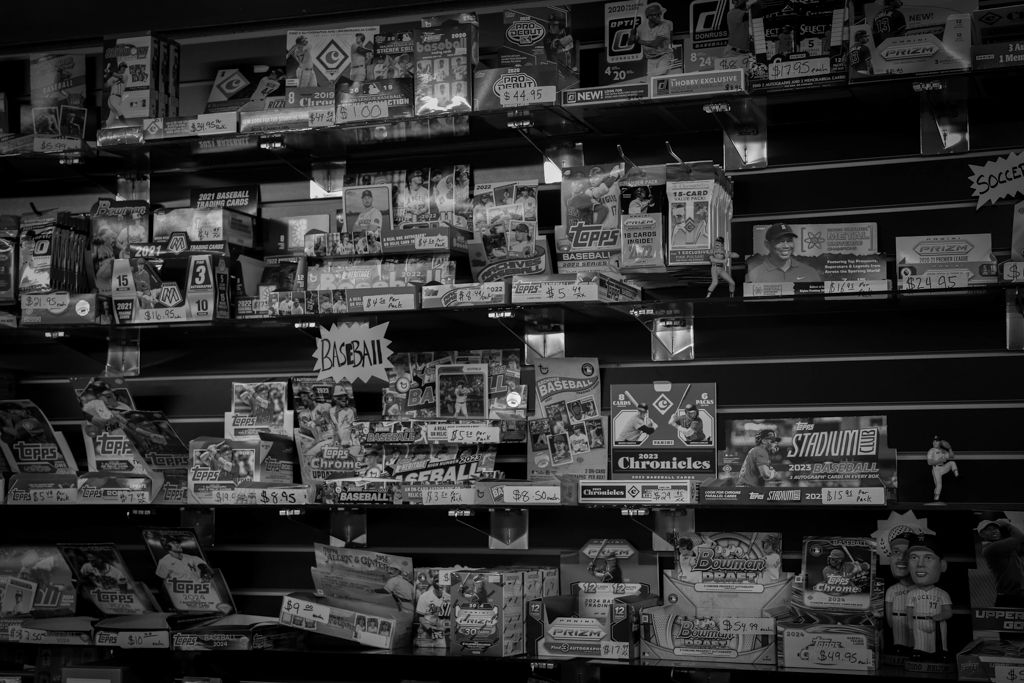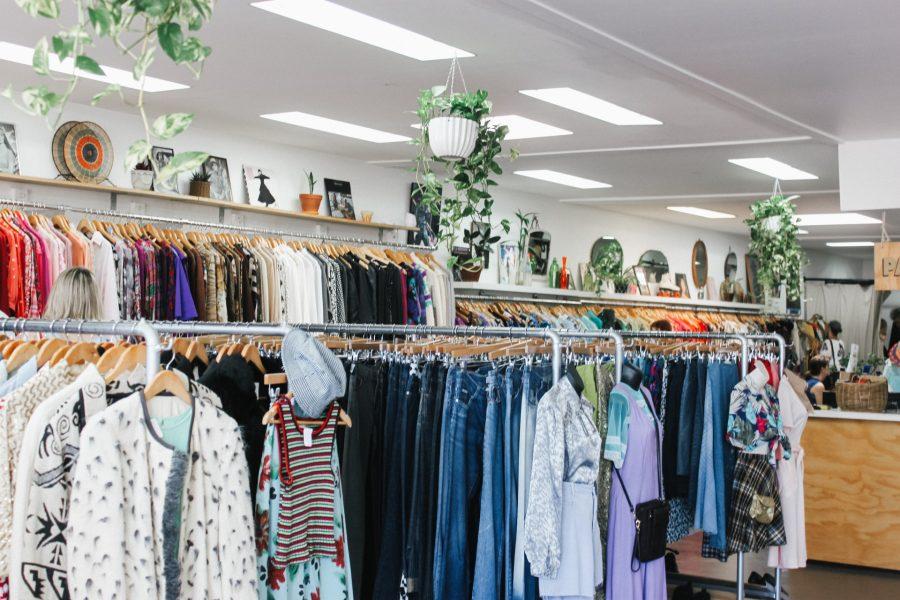Thrifting is a quickly growing trend in fashion. With the environmental, economic and style benefits, it’s no wonder more and more people are buying their clothing secondhand.
But, despite the growing thrifting trend, many people are still wary of shopping secondhand. One reason may be that secondhand clothing shopping can be overwhelming, as pointed out by Terry Yan, faculty and researcher of consumer behavior in the department of design and merchandising at Colorado State University.
“If you think about secondhand shopping, it’s very different,” Yan said. “It’s not just like going in, finding the brand and then checking out the different color options and different size options. When you go to secondhand, it’s all over the place.”
Secondhand shopping is less intuitive than purchasing retail, so there is more strategy involved in finding quality pieces. Here are four tips to help you get the most out of your next thrifting experience.
1. Know your style, but be creative
The volume of clothing in thrift stores, resale stores and consignment stores can make it difficult to find what you’re looking for. Goodwill — an international thrift store with 161 locations across 15 countries — diverts 3 billion pounds of clothing and household goods from landfills every year, according to the Goodwill Industries International 2018 Annual Report. That’s a lot of stuff to look through, and it’s only one of many secondhand stores around the world.
To find great pieces among large amounts of apparel, it’s important to know what you’re looking for before you arrive. Though organization is less than a retail store, items are generally grouped by style and size. Having certain items in mind will help you narrow your search to certain racks where you can sift through individual items more closely.
Laura Green — the owner of Repeat Boutique, a consignment store in Fort Collins, Colorado — encourages customers to have a focused mentality while keeping an eye out for more fun pieces. “Buy things that you like that way you have a consistent style that will be your own,” Green said. “But, be open-minded and creative.”
2. Go to your favorite stores often
An important part of thrifting is recognizing that you may not find what you’re looking during the first few time you visit. One of Green’s most consistent pieces of advice for customers is to thrift with some regularity.
“Do it often,” Green said. “I think to find places where they find things, then to go back and frequent those places, that’s number one.”
Another benefit of repeated visits to your favorite stores is taking advantage of sales and discounts. “A lot of secondhand stores have Saturday 50% off or every other Saturday 50% off,” Yan said. “Maybe on Thursday, Wednesday, the day before the discount, go in and check things out. And then, think about what you are thinking to buy and go back and enjoy the discount the next day.”
3. Know your labels
Brand name is not a guaranteed indicator of quality clothing, but it can be a helpful hint for those new to secondhand shopping. Sonali Diddi, faculty and researcher of sustainability in the department of design and merchandising at CSU, encourages consumers to recognize brands known for quality, not just trendy, cheap styles.
“There have been brands that are high quality which you know not because it’s a brand value, but because of their construction in the past,” Diddi said. “You know that they’ve been good in terms of staying for a long time.” Designer names, such as Levi’s, or other brands known to be well-made, like Patagonia, are good examples of secondhand clothing that will last.
Looking for brands you have owned before can also be a good indicator of how well something will fit. But, as Yan points out, clothing size may have altered slightly when washed or worn by previous owners, so it’s important to try things on before you buy them secondhand.
4. Check for physical signs of quality construction
You likely won’t be familiar with every brand you come across while thrifting, and some brands are inconsistent with quality from piece to piece. Thankfully, there are a few physical signs of quality that you can check on any secondhand garment.
“Indicators could be just the quality of stitching,” Diddi said. “That they’re firm and not loose threads. The buttons are in place. Zippers are working. … Especially in the woolen or acrylic fiber materials or fabric materials, if there is more pilling happening or you can see those little balls coming out, maybe that’s not a great choice. It’s not going to last for a long time.”
Another important factor indicated by both Diddi and Yan is the fabric content of a garment. “What kind of fabric is it? 100% wool, 100% cotton?” Yan said. “Those tend to wear longer and just be more comfortable.”
Diddi also recommends checking for discoloration or stretching in “high-stress areas” such as the underarms, shoulders, knees and elbows. “Looking at those areas and seeing how weak or strong the fabric is at that part to make sure it’s not too weak and is going to tear the first time you put it for a wash is a good indicator (of quality),” Diddi said.
When keeping quality in mind, there is sure to be a secondhand shopping method that will work for you, no matter what your style. Thrifting alone or with friends can also be fun and finding a treasure item among the clutter is extremely rewarding. “That’s the most fun part about it,” Green said. “You just never know what you’re going to find. It’s the thrill of the hunt and it’s a blast!”





































